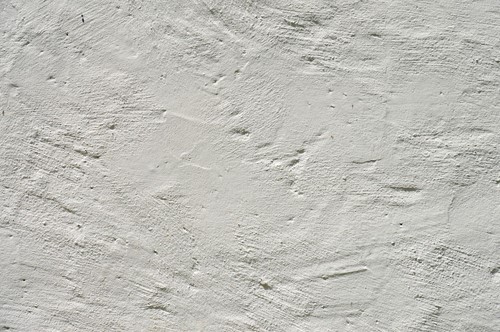Email: [email protected]

Investing in new insulation ranks among the least appealing home improvement investments. It provides no aesthetic enhancement to the living space or curbside appeal. If your home were an automobile, insulation would be the equivalent of an oil change. It keeps everything running smoothly but remains an expense that delivers no joy. Just like car owners prefer not to spend money taking the engine apart to change the oil, homeowners would rather save money leaving the drywall in place.
Options such as spray foam and blown cellulose allow people to avoid drywall removal. But sometimes, a property owner is better served by tearing down the interior walls and starting fresh. By recognizing the telltale signs that you need both new insulation and walls, homeowners can save money and improve the peaceful enjoyment of their living space.
When small bumps or bulges are present in various areas, that’s typically a sign of moisture accumulating inside the walls. People on tight budgets sometimes opt to repaint walls with a shade that reduces the imperfections. Others may try to patch the affected area and sidestep drywall demotion. Although these may seem like ways to save money, they could lead to larger problems.
When moisture becomes trapped behind walls, it spurs hazardous mold growths. The dark, warm and now-moist space proves to be a perfect breeding ground for these health and wellness dangers. Better to remove at least some drywall and assess the situation than risk family members getting sick.
Whether the origin of a water penetration was a leaky roof, exterior wall or a flooded second-floor bathroom, corrective measures are in order. In all likelihood, the wall insulation may have suffered as well. Products such as loose cellulose usually sag, and the paper backing of rolled fiberglass tends to fall apart.
Limited water damage may call for a proportional response. But if your insulation shows other signs of reduced effectiveness, this crisis may actually be an opportunity to remove drywall, re-insulate and remodel.
Older homes may suffer cracked walls because of years of settling. The same may hold true for new houses with faulty foundations. But others crack because of temperature fluctuations. This means the insulation barrier between the interior and exterior walls is not getting the job done.
Sometimes, an insulation professional can use spray foam or loose cellulose materials to cure the issue. Pervasive cracking in different rooms may require taking down walls and starting from scratch.
No one wants to spend more money than necessary to adequately insulate a home. But sometimes, the added drywall removal expense can save money in the long run. The process can also protect against mold growths and serve as an opportunity to remodel the interior décor.

Joyce Torelli, Broker - Realtor Consultant 508-380-5229 [email protected]
CRB, ASR(Accredited Seller Representative), CBR, SRES www.JoyceTorelli.com Please see a few of the Google reviews that recent and past clients have been thoughtful to leave, as well as some written testimonials attached. Top 3% of 375 Professionals – 15 ERA Key Realty Offices.
“I am currently a longtime resident of over 30 years in Marlborough, MA, but mainly grew up in Hudson MA. Later, I had the opportunity to live in various towns in and around the Middlesex County area (Acton, Bolton, Framingham, Hopkinton,) as well as in the Netherlands, Europe. Bringing understanding, insight, and strategy on the home sale marketing and sale process is critical. With over 30 years of experience, I have helped hundreds of homeowners get their home sold for the very best price and terms with the least inconvenience, with skill, caring, and a marketing plan tailored to their needs and their home! My buyer clients benefit from the same 30 years plus of experience of positioning their offers to meet with success in getting accepted, which has resulted in many happy home buyers.